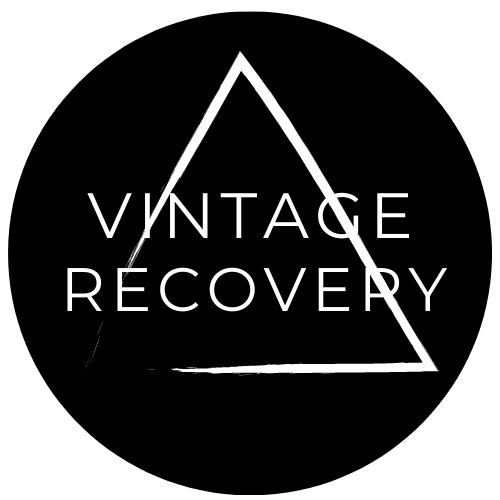
Is Making Your Own Clothes the Sustainable Trend of 2024?
Share
In recent years, sustainability has become a focal point in various industries, including fashion. As concerns about the environmental and social impacts of fast fashion continue to grow, people are increasingly looking for alternatives that are both stylish and eco-friendly. One such alternative gaining momentum is making your own clothes. But will it be the sustainable trend of 2024?
The idea of creating one's garments from scratch may seem daunting to some, conjuring images of complicated sewing patterns and hours spent at a sewing machine. However, the resurgence of interest in crafting and DIY culture has made the prospect more accessible and appealing than ever before. From online tutorials to community workshops, aspiring creators have a plethora of resources at their fingertips to help them embark on their sewing journey.
So, what makes making your own clothes a sustainable choice? Let's delve into some key aspects:
-
Reduction of Waste: One of the most significant benefits of making your own clothes is the ability to control the materials you use. By opting for sustainable fabrics such as organic cotton, linen, or Tencel, and carefully planning your projects to minimise fabric waste, you can significantly reduce your environmental footprint.
-
Ethical Production: When you make your own clothes, you have full transparency and control over the production process. You can ensure that your garments are ethically made, free from the exploitation often associated with mass-produced fashion.
-
Quality Over Quantity: In a world where fast fashion encourages disposable clothing, making your own clothes promotes a mindset of quality over quantity. By investing time and effort into creating well-made pieces that you genuinely love, you're more likely to cherish and care for them, leading to less frequent turnover in your wardrobe.
-
Personalisation and Creativity: Making your own clothes allows for endless creativity and personalisation. You can customise designs to fit your style preferences, body shape, and unique aesthetic, resulting in garments that truly reflect your individuality.
-
Skill Building and Empowerment: Learning to sew not only equips you with a valuable skill but also empowers you to take control of your fashion choices. Instead of being limited to what's available in stores, you can bring your creative visions to life and express yourself through your wardrobe.
While the benefits of making your own clothes are clear, whether it will emerge as the sustainable trend of 2024 remains to be seen. Despite its growing popularity, it's essential to acknowledge that DIY fashion is not without its challenges. It requires time, patience, and dedication, which may not be feasible for everyone in today's fast-paced world.
Moreover, systemic issues within the fashion industry, such as overproduction and lack of recycling infrastructure, cannot be addressed through individual actions alone. True sustainability in fashion requires systemic change at all levels, from production to consumption.
Nevertheless, making your own clothes can be a meaningful step towards a more sustainable wardrobe and a deeper connection to the clothes we wear. Whether it's a hobby, a form of self-expression, or a commitment to reducing your environmental impact, the choice to create your garments holds the potential to inspire positive change, one stitch at a time.
As we navigate the complexities of modern-day fashion, let's consider the role that making our own clothes can play in shaping a more sustainable and conscientious future.
Will 2024 be the year of DIY fashion revolution? Only time will tell. But one thing's for sure: the power to make a difference lies in our hands, and sometimes, it starts with a simple needle and thread.
